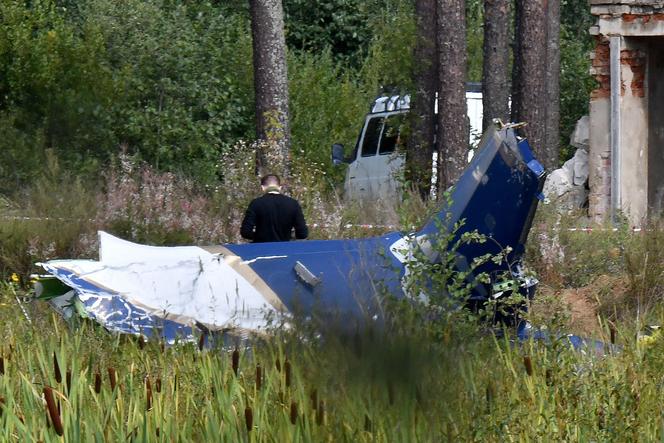


A preliminary US intelligence assessment has found that the plane crash presumed to have killed Wagner leader Yevgeny Prigozhin was intentionally caused by an explosion, US and Western officials said on Thursday, August 24.
One of the officials, who were not authorized to comment and spoke on the condition of anonymity, said that the explosion fell in line with Russian President Vladimir Putin’s "long history of trying to silence his critics."
The officials did not offer any details of what caused the explosion that was believed to have killed Prigozhin and several of his lieutenants to avenge a mutiny that challenged the Russian leader’s authority.
Details of the US assessment surfaced as Putin on Thursday expressed his condolences to the families of those who were reported to be aboard the jet and referred to "serious mistakes."
Russian mercenary chief Yevgeny Prigozhin and some of his top lieutenants were presumed dead in a plane crash that was widely seen Thursday as an assassination to avenge a mutiny that challenged President Vladimir Putin.
Meanwhile, Putin broke his silence on the crash, expressing condolences to the families of those who were reported to be aboard the jet and referring to "serious mistakes" made by Prigozhin .
The founder of the Wagner military company and six other passengers were on a private jet that crashed Wednesday soon after taking off from Moscow with a crew of three, according to Russia's civil aviation authority. Rescuers found 10 bodies, and Russian media cited anonymous sources in Wagner who said Prigozhin was dead. But there has been no official confirmation.
If the deaths are confirmed, the crash would be the most serious blow the group has ever suffered to its leadership. The passenger manifest included Prigozhin and his second-in-command who baptized the group with his nom de guerre, as well as Wagner's logistics chief, a fighter wounded by US airstrikes in Syria and at least one possible bodyguard.
It was not clear why several high-ranking members of Wagner, including top leaders who are normally exceedingly careful about their security, were on the same flight. The purpose of their joint trip to St. Petersburg was unknown.In all, the other passengers included six of Prigozhin’s lieutenants, along with the three-member flight crew.
